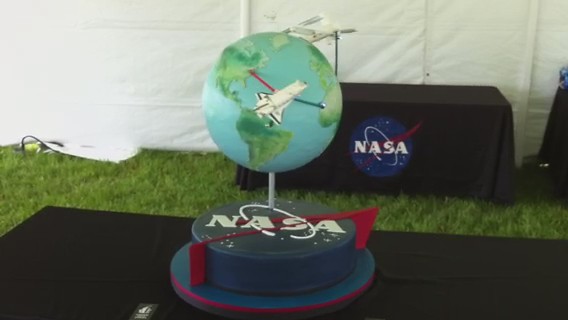
By IANS, Washington: NASA has successfully completed the first developmental test series on "super" engines that will power its mega Space Launch System (SLS) rocket on missions deeper into space than ever before, including Mars. The test series wrapped up with a seventh hot fire test of a developmental RS-25 engine at NASA s Stennis Space Center in Bay St Louis, Mississippi, on Thursday. The test ran for a full-duration of 535 seconds. "The completion of this test series is an important step in getting SLS ready for the journey to Mars," said Steve Wofford, engines manager at NASA s Marshall Space Flight Center in Huntsville, Alabama, in a statement. The RS-25 engine gives 77-tonnes SLS a proven, high performance and affordable main propulsion system. "It is one of the most experienced large rocket engines in the world, with more than a million seconds of ground test and flight operations time," he added. The test series was designed to collect valuable data on performance of the RS-25 engine. Of particular interest is data that will aid in development of a new engine controller, or "brain" to monitor engine status and communicate programmed performance needs. "These are extremely reliable engines. We are testing them because we want to mitigate any risks on the ground before flight," Wofford noted. Four RS-25 engines will...

